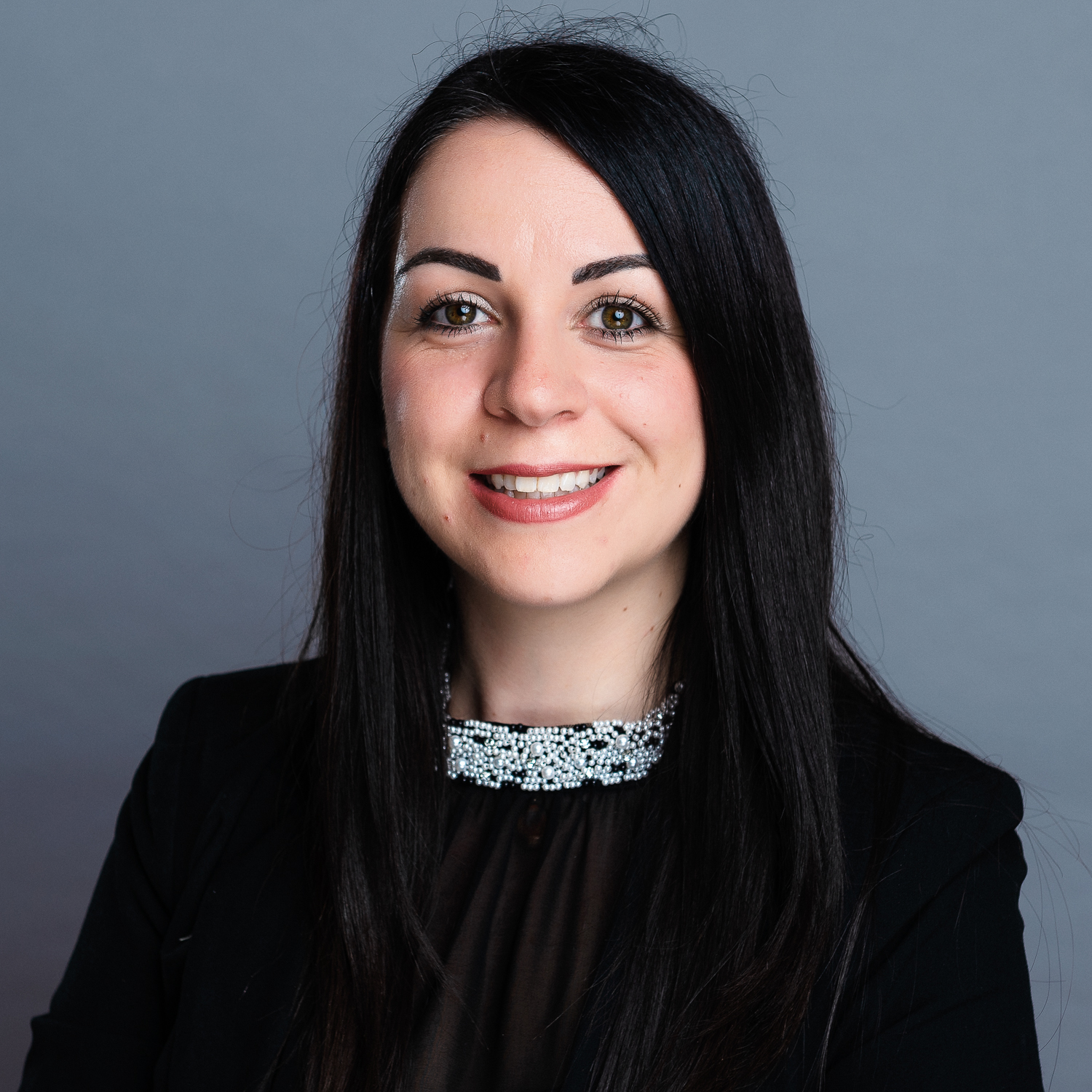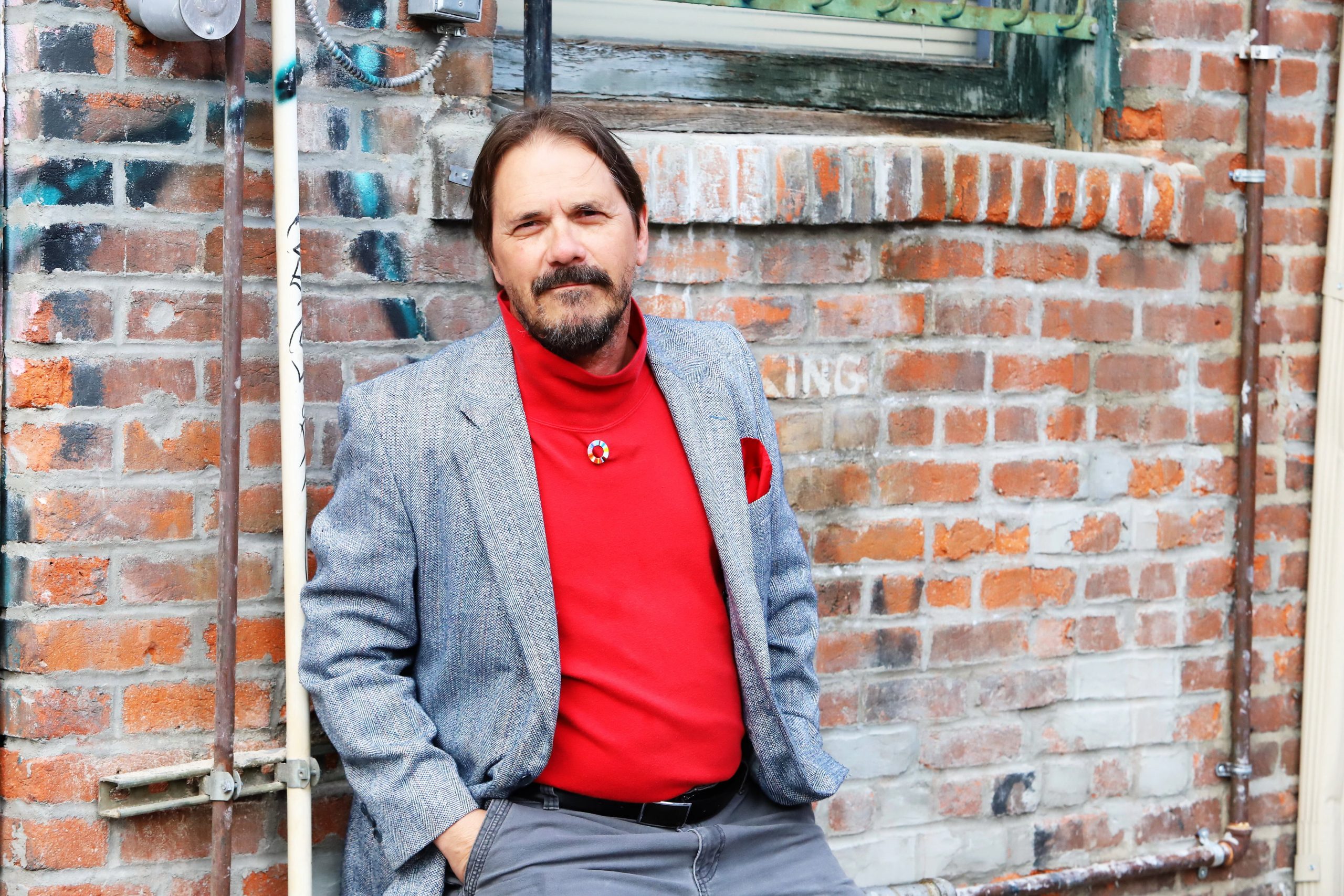
#5 Connect people (1/2)
This article is a 2-piece exploration of Ecosystem Building principle #5 Connect People Bottom-Up, Top-down, Inside-Out etc. and belongs to the 7-part series Ecosystem Building 101. The entire series is developed in Fireside Chats with entrepreneurial ecosystem builders around the world.
This resource guide is no longer available. Sign up for Impact Curator to never miss another resource.
In a typical entrepreneurial ecosystem, there are actors at the grassroots, most often the innovators and entrepreneurs with ideas and an appetite for experimentation, and there are actors considered at the top of the system – those with money, power and the right connections (investors, policy makers, institutional leaders etc.).
Our job as ecosystem builders is to help bridge these gaps across different power dynamics and facilitate inclusive conversations among actors that otherwise wouldn’t come together. What does this tension look like in the field and how have different ecosystem builders succeeded in overcoming these social barriers?
In November of 2020, I sat down with a group of entrepreneurial ecosystem builders from academia, impact investing, social enterprise support and the overall ecosystem buildering community to discuss how we might better connect people in our ecosystems bottom-up, top-down, inside-out etc. What I learned in this conversation is that by viewing our ecosystems as a hierarchy, instead of a complex, adaptive system, we are reinforcing many of the boundaries we are seeking to take down. Let’s take a deeper dive into systems thinking and how this mindset might help us make more connections with less friction.
Meet the ecosystem builders
Christina Theodoraki: Assistant professor in Entrepreneurship & Strategy at TBS Business School. She publicly defended her thesis entitled “Towards an Ecosystem Approach to the Strategy and Performance of Incubators” on November 28, 2017, earning her two Best Dissertations Awards from the AEI academy and the AIREPME research association. She is Senior Research Fellow at the Institute for Development Strategies at SPEA at the University of Indiana and Business Development Manager of the Entrepreneurial Ecosystem Research Network (EERN).
Norris Krueger: Thinker, doer. Writer, speaker. Scholar, educator. Agent provocateur, ecosystem builder currently operating out of Boise, Idaho.
Rehana Nathoo: Rehana is the Founder and CEO of Spectrum Impact, a strategy consulting firm that supports a range of organizations looking to expand their impact investing footprint.
Isabelle Swiderski is a speaker, facilitator and ecosystem builder. Through Seven25, her design-thinking and -doing agency, she acts as a weaver of human-centered ecosystems and designs self-sustaining social enterprises.
Alistair Brett is the co-founder and chief scientist at Infyrno. Alistair’s interests are complex adaptive systems research and applications to innovation, entrepreneurship, and technology commercialization. He is the author of “Admired Disorder: A Guide to Building Innovation Ecosystems” (2019).
Kate Jackson is the co-director of entrepreneurship and innovation at Lake Forest College in Lake Forest, Illinois. Kate is passionate about transformational change and helping everyone – from students to organizations – realize their full potential.
The King of the ecosystem: The hierarchical construct
Christina Theodoraki: “In my previous role I helped facilitate the conversation between communities and policy makers who wanted to support entrepreneurship. A lot of actors wanted to know how to best contribute to the ecosystem; there were a lot of questions about who the most legitimate player was – someone in a neutral role who would connect all the resources and information among different parts of the communities. Otherwise each sub-group would have their own group and motives trying to satisfy their own organizational interest. So there definitely was a desire for a central organization that could act as a guide for the entrepreneurial activity in the ecosystem.
I found that we were lacking the meso-level. At the upper level we had policy makers and the chamber of commerce giving orders on how to build and support the ecosystem; at the grassroots we had the entrepreneurs. Much of my work focused on reducing the gap between entrepreneurs and the system. However, I also noticed that the entrepreneurs who understood really well how the system and the power dynamics within it worked, became very opportunistic.
Instead of showing up to do what was best for all entrepreneurs, they would compete for funds and grants because those were the incentives that this hierarchy had created: Everyone was fighting for themselves instead of for the greater good of all entrepreneurs and stakeholders in the ecosystem.
Christina Theodoraki
That’s why we need entrepreneurial ecosystem builders. The world moves so fast and we all want to stay connected so that we know what is happening within our entrepreneurial communities.
Without ecosystem builders to create synergies, we cannot advance as quickly to keep up with the progress.
Christina Theodoraki
The system constantly advances and we need ecosystem builders to help us keep up with that evolution.”

Christina Theodoraki
Toulouse Business School
Toulouse, France

Norris Krueger
Expert Entrepreneurship Developer
Boise, Idaho, USA
Norris Krueger: “In Boise, Idaho, I often get the sense that everyone buys into the idea that the hierarchical ecosystem is the only way to structure our community and get things done. I witnessed a meeting in which two people in the community got into a tense confrontation arguing over which one of them was the KING of the ecosystem, who was most connected – that was their actual choice of words! [n.b.: neither are remotely good at connecting unselfishly, lol.]
In truth, an entrepreneurial ecosystem is a complex, dynamic, interconnected system.
Norris Krueger
This type of hierarchical mindset cements an unequal distribution of power in which nearly every interaction becomes transactional: People ask ‘What’s in it for me?’ because those are the rules in a hierarchy, everyone is looking out for themselves. And that leads to a lot of tension and bad behavior among actors. And inevitably they give in to the bullies. When in truth, an entrepreneurial ecosystem is a complex, dynamic, interconnected system. Institutions and power players are ill-suited to help and easily come to believe that they have the right expertise and are entitled to have stakeholders believe so. A personally painful example: Why is pretty much every university unhelpful on balance, especially in comparison to what they could be doing? (Nationally/globally we are working on this -stay tuned!)
The people who are measurably getting stuff done – the Women’s Business Center, mentoring groups, someone helping refugee entrepreneurs – are the ones who are underfunded and underappreciated.
Norris Krueger
Given the choice, should the heavy funding go to the top dogs or to the actual difference makers? For example, we have the Women’s Business Center, mentoring groups, someone helping immigrant/refugee entrepreneurs, and a nascent rural group – in short, these are the people who are measurably getting stuff done in the ecosystem in This Year of COVID. All are underfunded and underappreciated. From the top down, we have those who see themselves as the umbrella entities that run everything (because surely someone has to run everything?!) and it is depressing that they continue to dominate.
But(!) we also have the interesting case of our Commerce department. When I moved here, they were the group that had to sign off on everything before you were able to do anything; but they have really come around by acting as a facilitator these days which has been really beneficial for the ecosystem! Nobody seems to notice, alas, but they could help with Christina’s meso level.”
Field insight 1: The case of entrepreneurs & impact investors
Rehana Nathoo: “Working with clients we always start with a strategy discovery process. Not unlike a counselor (note: we are not licensed therapists), we sit down with clients to dig a little deeper into what drives them and what they’re hoping to achieve by deploying $2 million or $45 million in impact-driven capital. In this early process of self-discovery, we often want to bring in potential investees to give clients a sense of how that capital actually works on the ground. We experience over and over again a strong aversion to being pitched, because let’s be honest, the entrepreneur joins the conversation from a position that yields little power while the venture capital firm, looking to deploy their funds, has all the power.
It’s a tricky power dynamic having the funder and receiver of capital in the same room. I would say that in 90% of the cases, our clients would rather not meet the entrepreneurs in person and trust me to bring the right social entrepreneurs into the portfolio. Which is a shame.
I hope that by actually demonstrating how the money is going to be deployed, investors build stronger rapport with companies in their portfolio and are more bought into the long-term impact their capital is creating. But I see two issues that stand in the way of that genuine relationship building:
- Everyone feels uncomfortable being pitched to directly and having to say no. Unless, of course, it is an actual pitch event, but that’s not usually the case in these early discovery conversations.
- A lot of our clients are very, very private. They’re mostly anonymous and they’re not ready to go to market until we’ve done the work of creating a waterproof strategy because they don’t want to screw it up. They’re worried about not thinking about all the unintended negative externalities and, worse, about being called out as an impact washer.
We need to bridge these power-dynamics and put all parties on equal footing so we may have a foundation for a genuine long-term partnership that can create deep impact.
Rehana Nathoo
And so bringing social entrepreneurs into the room means exposing that vulnerability. And I get both of these issues. Still, I believe it is important for the entrepreneur to be in the room and talk about the issues in a meaningful way. In the end of the day, impact investing is based on relationships and we need to bridge these power-dynamics and put all parties on equal footing so we may have a foundation for a genuine long-term partnership that can create deep impact.”